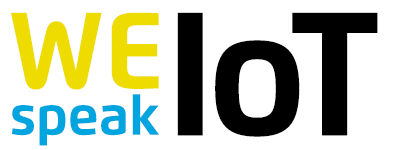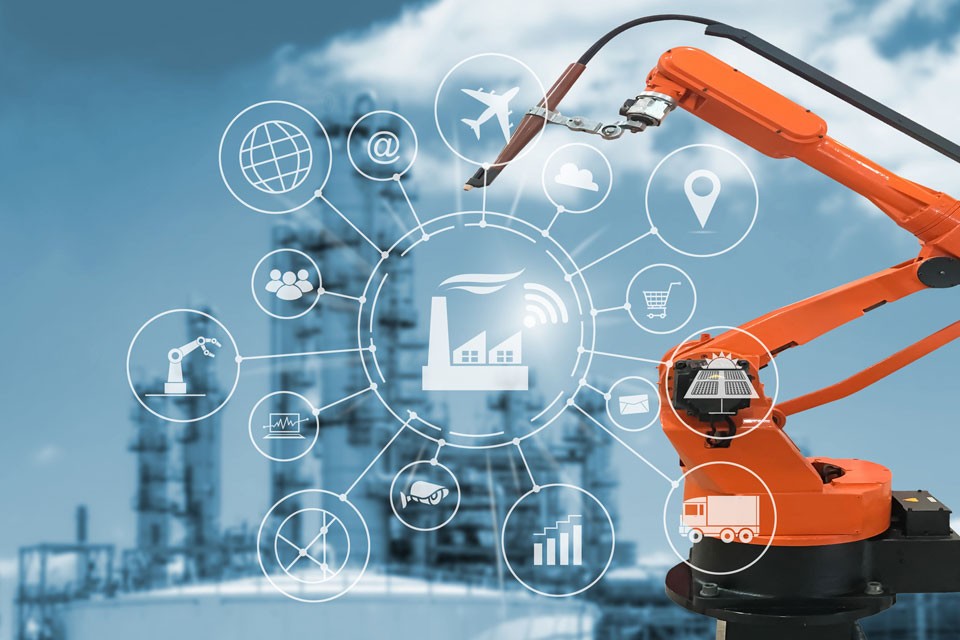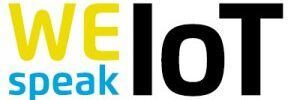So far, the world of IoT consists of a very heterogeneous landscape. Multiple computing protocols like ZigBee, Z-Wave, Modbus and BACnet have their individual pros and cons and therefore all a right to exists — depending on their individual use case. But in an Internet of Things world, everything and everybody is connected — from consumers in sensor-rich environments to enterprises harnessing new technologies like robotics and machine learning. Since we lack one common language for the IoT there is no way around a solution capable of connecting all these standards. But still, the intelligence will move to the edge of the networks. Devices will interact directly. The cloud remains for analysis.
1




